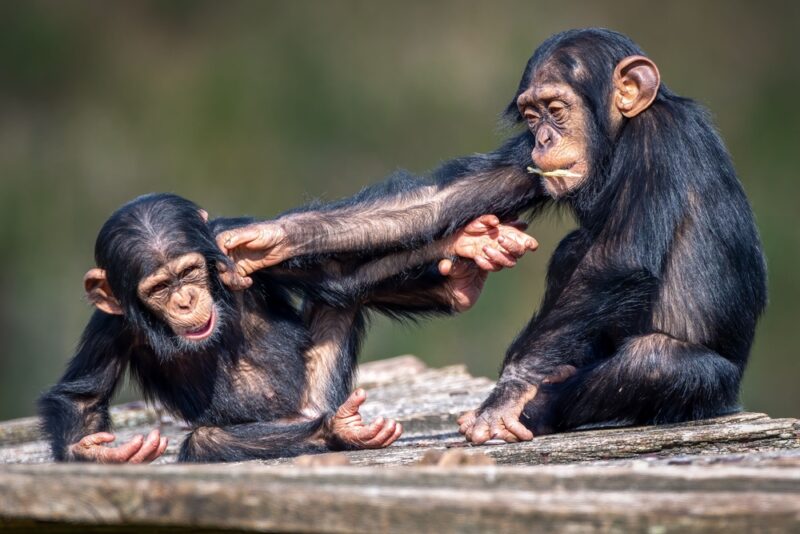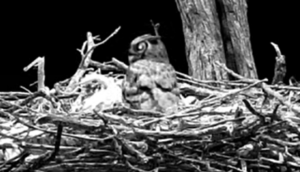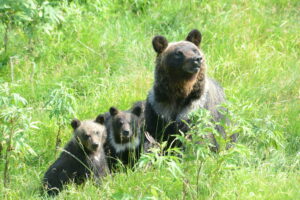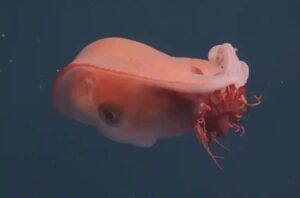We are the worst primates when it comes to wound healing, according to a new study. Our wounds heal nearly three times slower than those of chimpanzees, our closest living relatives, and other primates and mammals.
Evolutionary biologist Akiko Matsumoto-Oda was watching wild baboons in Kenya when she noticed their wound-healing abilities. The monkeys could be very violent and aggressive with each other, and often sustained injuries.
“I was struck by how rapidly they recovered — even from seemingly severe wounds,” she told The New York Times.
Her intrigue triggered new research at how skin wounds heal in a controlled environment for various primates and mammals. The study included humans, chimpanzees, olive baboons, Skye’s monkeys, vervet monkeys, mice, and rats. The 24 humans were all volunteers and patients from Japan’s University of the Ryukyus Hospital. All were having skin tumors removed.
The monkeys, rats, and mice came from various research facilities. Some had been injured in fights. A very few were anaesthetized and surgically wounded. “As a field researcher, I personally believe that invasive studies should be minimized,” Matsumoto-Oda explained.
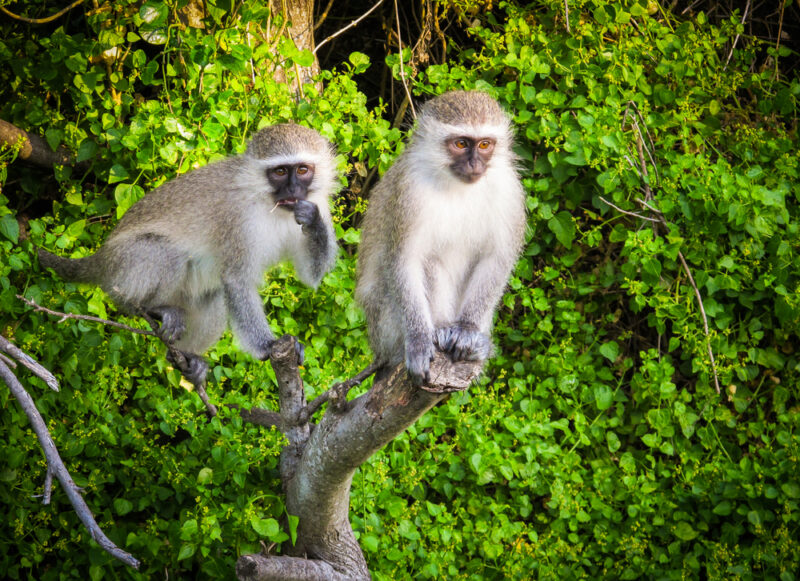
Vervet Monkeys. Photo: Shutterstock
Human skin regrew 2.5 times more slowly
Humans regrew their skin at around 0.25mm per day, while the other primates and mammals exceeded this. Skin regrowth proceeded at approximately 0.62mm per day. The team discovered that there was no significant difference in the healing rate of the other primates or between the other primates and the rats and mice.
Why humans heal so much more slowly seems to lie in our evolutionary past.
“We found that chimpanzees exhibited the same wound-healing rate as other non-human primates, which implies that the slowed wound-healing in humans likely evolved after the divergence from our common ancestor with chimpanzees,” says Matsumoto-Oda.
The exact reason for this is unknown, but one possibility is our loss of body hair. Unlike most mammals, we developed a dense network of sweat glands to cool down more efficiently. This adaptation helped early humans survive in hot climates and allowed them to run and hunt over long distances without overheating. However, this trade-off came with a hidden cost.
Animals covered in hair are also covered in hair follicles, and these contain stem cells. Usually used in hair formation, these stem cells appear to give other mammals an edge when they have a cut or scratch.
